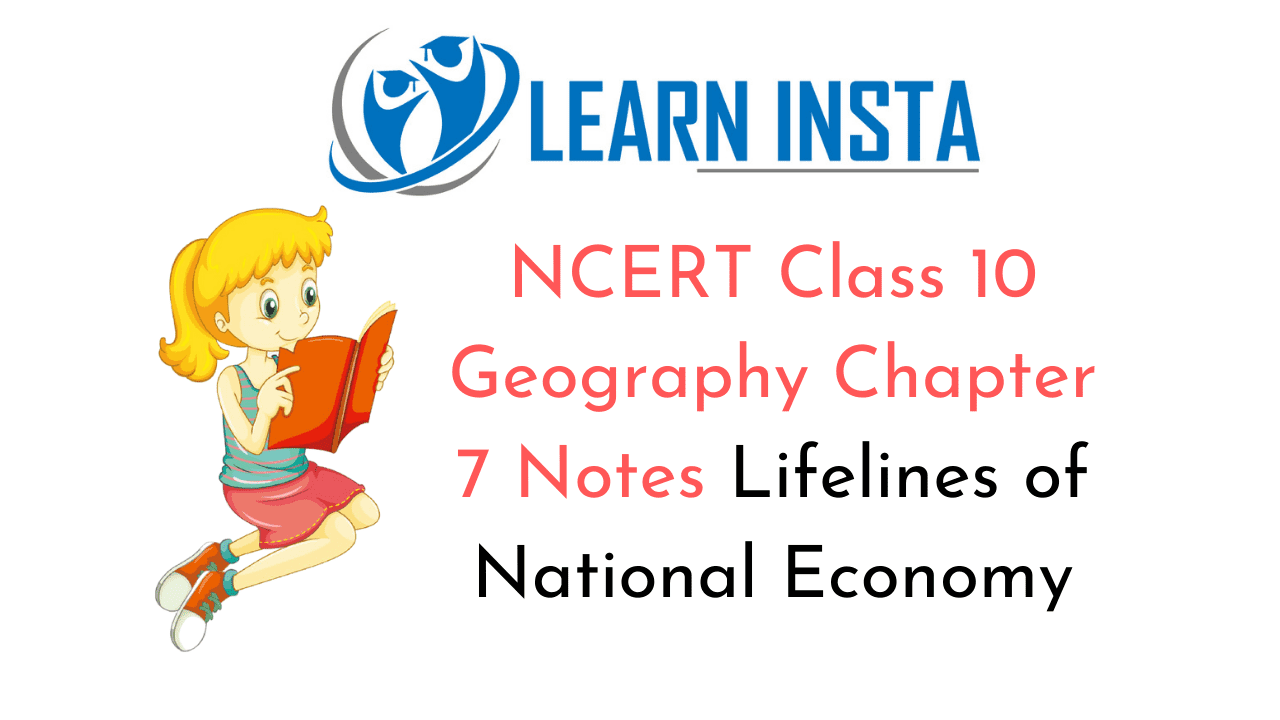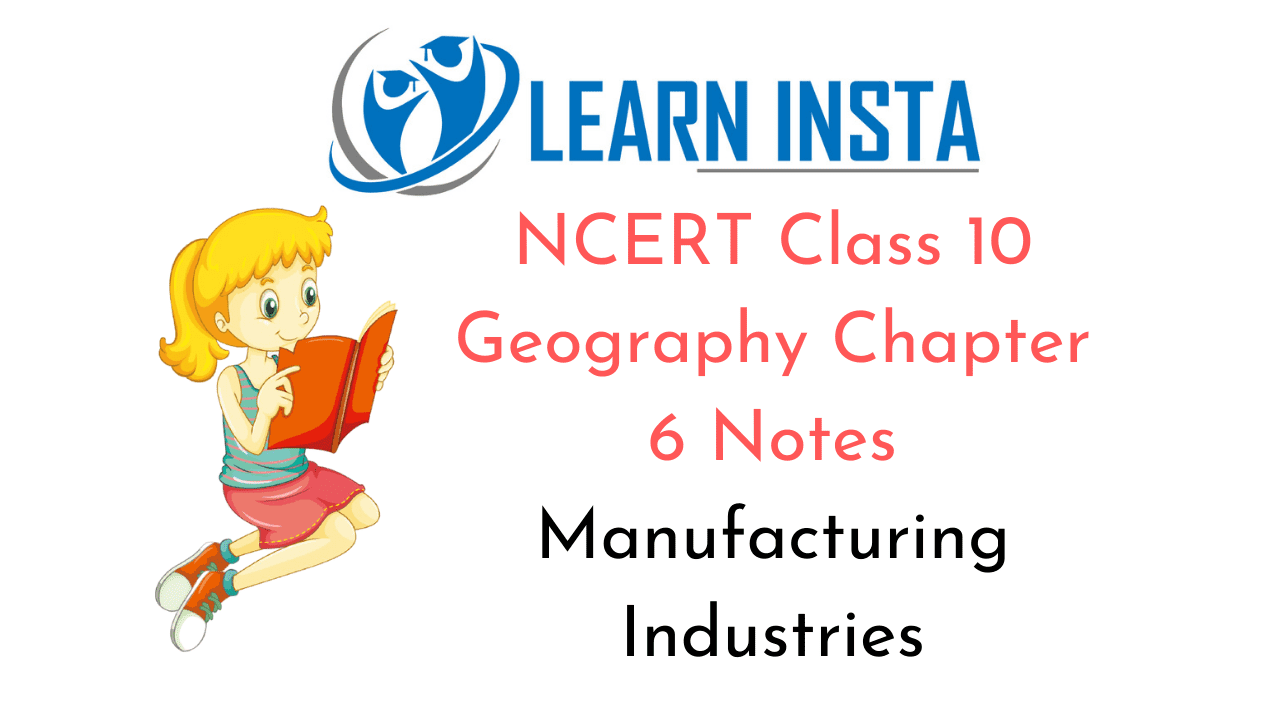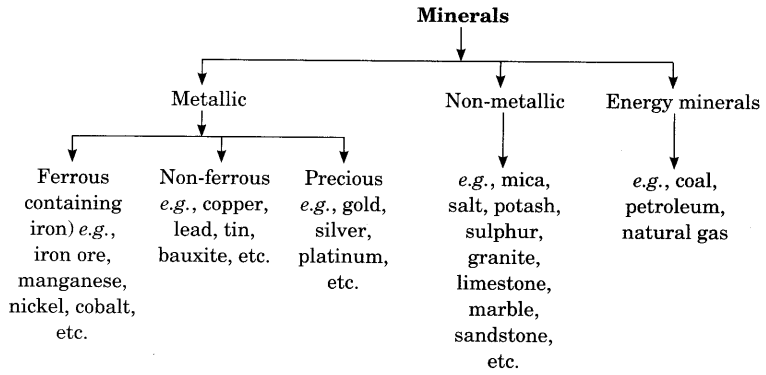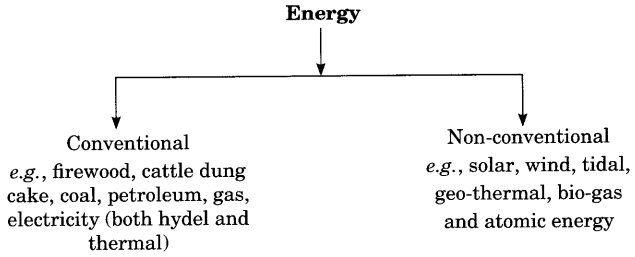 On this page, you will find NCERT Class 10 Civics Chapter 2 Notes Pdf free download. CBSE Class 10 Social Science Notes Civics Chapter 2 SST Federalism will seemingly, help them to revise the important concepts in less time.
On this page, you will find NCERT Class 10 Civics Chapter 2 Notes Pdf free download. CBSE Class 10 Social Science Notes Civics Chapter 2 SST Federalism will seemingly, help them to revise the important concepts in less time.
Federalism Class 10 Notes Social Science Civics Chapter 2
CBSE Class 10 Civics Chapter 2 Notes Understanding the Lesson
1. Federalism is a system of government in which the power is divided between a central authority and various constituent units of the country.
2. A federation has two levels of government- a general government for the entire country and governments at the provincial or regional level. Both these levels of government enjoy their power independently of the other.
3. Unlike the unitary governments, the central government in a federal system cannot order the state government to do something.
4. There are two kinds of routes through which federations have been formed. The first route involves independent states coming together on their own to form a bigger unit and the second route is where a large country decides to divide its power between the constituent states and the national government.
5. In the first category of federations, all the constituent states usually have equal power but in the second category, the central government tends to be more powerful.
6. The Constitution declared India as a Union of States. Although it did not use the word ‘federation’, the Indian Union is based on the ‘principles of federalism’.
7. The Constitution originally provided for a two-tier system of government – the Union Government or the Central Government and the State governments. Later, a third tier of federalism was added in the form of panchayats and municipalities. These different tiers enjoy separate jurisdictions.
8. A three-fold distribution of legislative powers between the Union Government and the State governments contains three lists. Union List includes subjects of national importance such as defense of the country, etc. State List contains subjects of state and local importance such as police, etc. Concurrent List contains subjects of common interest to both the Union as well as the State governments.
9. All states in the Indian Union do not have identical powers. Some states enjoy a special status, for example, Jammu and Kashmir. It has its own constitution.
10. The Union Territories of India do not have the powers of a state. The Central Government has special powers in running these territories.
11. The Parliament cannot on its own change this power-sharing arrangement. Any change to it has to be first passed by both the Houses of Parliament with at least two-thirds majority. The judiciary oversees the implementation of constitutional provisions and procedures.
12. The success of federalism in India is due to the nature of democratic politics in our country. The creation of linguistic states and the language policy are some of the major tests for Indian federation.
13. Restructuring the center-state relations is one more way in which Indian federalism has been strengthened in practice. The beginning of the trend of the coalition governments at the center led to a new culture of power-sharing and respect for the autonomy of State governments.
14. Federal power-sharing in India needs a third tier of government, below that of the State governments, This is called local government.
15. The basic idea behind decentralization is that there are a large number of problems and issues which are best settled at the local level. Hence, panchayats in villages and municipalities in urban areas were set up in all the states. But these were kept under the direct control of State governments.
16. In 1992, the Constitution was amended to make the third-tier of democracy more powerful and Seats are reserved in the local government bodies for the scheduled castes, scheduled ‘ tribes and other backward classes. At least one-third of all positions are reserved for women.
17. Rural local government is known as Panchyati Raj. There is a gram panchayat in each village, or a group of villages. The gram panchayat works under the overall supervision of the gram sabha.
18. The local government structure goes right up to the district level. A few gram panchayats together make a panchayat samiti or block or mandal. All the panchayat samitis in a district together constitute the zilla parishad.
19. Local government bodies exist for urban areas as well. In small cities, there are municipalities and in big cities, the institution for local governance is called municipal corporation.
Federalism Class 10 CBSE Notes Important Terms
Federalism: A system of government in which the power is divided between a central authority and various constituent units of the country.
Jurisdiction: The area over which someone has legal authority.
Diversity: The quality or state of having many different forms, types, ideas, etc. The state of having people who are of different races or who have different cultures in a group or organization.
Linguistic: Of language.
Coalition: A union, especially a temporary union of political parties.
Unitary: Of a unit or units. In the unitary form of government, either there is only one level of government or the sub-units are subordinate to the central government.
 On this page, you will find NCERT Class 10 Civics Chapter 1 Notes Pdf free download. CBSE
On this page, you will find NCERT Class 10 Civics Chapter 1 Notes Pdf free download. CBSE  On this page, you will find NCERT Class 10 Geography Chapter 7 Notes Pdf free download. CBSE
On this page, you will find NCERT Class 10 Geography Chapter 7 Notes Pdf free download. CBSE 

 On this page, you will find NCERT Class 10 Geography Chapter 5 Notes Pdf free download. CBSE
On this page, you will find NCERT Class 10 Geography Chapter 5 Notes Pdf free download. CBSE 
